Newly Planted Hydrangeas
svengoli123
5 years ago
last modified: 5 years ago
Featured Answer
Sort by:Oldest
Comments (38)
luis_pr
5 years agolast modified: 5 years agoRelated Discussions
Help with newly planted hydrangea and wigeilia
Comments (6)No...It has been 80 degrees here and it is recomended to water 3 times a week with most newly planted shrubs until established. I do this for all my newly planted shrubs and have always gotten vigorious growth. When I bought them they had a few leaves but but were wilted and dried up a little on the endes but they were such a good price at 3.00 I bought them anyway even though they didn't look very good, however the roots looked very healthy. I have a yard full of flowers and shrubs. I have been into gardening since I was 21 years old and have always had good luck with my plant purchases but have never bought such a young plant as these 2...they just look like twigs. Maybe they were too young to plant in the garden?......See MoreAdding Aluminum Sulfate to a newly planted Hydrangea
Comments (2)Natalie - if you are going to use aluminum sulfate, from the linked thread it appears Spring before growth begins on established plants might be best rather than mid-summer and newly planted, and there are other products for lowering ph that have less potential for harming plants. My own take on tweaking the ph is as long as the hydrangeas are healthy, they can bloom whatever color they choose. My soil is naturally acidic and luckily I have no problems accepting blue :) Here is a link that might be useful: Earlier thread aluminum sulfate...See MoreNewly planted hydrangea and very very heavy rain
Comments (24)Summer has arrived and that stressed and dries out some hydrangeas more than others. Newly planted one typically are most water and sun sensitive on year one so please keep a close watch on them thru these hot days. On future years, they should be established enough to not need so much coddling. Pictures and the names of these shrubs definitely would help. And the times when when they get sun. When was this lanscape project complated? Also, plan on watering more in the summer per plant. I find that rocks around hydrangeas sometimes cause the stems to wither and bend as the rocks. In hot days, rocks absorb and then release heat so, depending on how close these rocks are to the shrubs, you may want to separate them further. Not really a good combination (heat producing rocks and water thirst hydrangeas). ;o) A temporary lawn chair over them in the summer is usually suggested for new mopheads. But even paniculatas might also benefit since they can eventually take more sun than mopheads. Luis...See MoreOk to move newly planted hydrangeas 2 weeks later?
Comments (11)Looks like common leaf spot, a fungal infection. Try watering the soil instead of the leaves and-or blooms. You can cut off this leaf if it bothers you. I would cut it myself in order to prevent the spread of spores but not if it has just one or two spots. Cercospora Leaf spot info can be seen here: http://www.aces.edu/pubs/docs/A/ANR-1212/ANR-1212.pdf When the leaves dry out in the Fall, carefully cut the petiole that connects the leaf to the stem and throw the leaf in the trash (not a compost pile). Do this for the infected leaves or all of them when they dry out. Any plant materials that you find has fallen, throw that away to minimize the spread of spores. One of my unnamed mophead has this issue and when I had to replace my sprinkler system, I put drip irrigation instead to water it. There is no cure for this and fungicides are too expensive so I keep the area clean of plant debris and throw away the leaves and blooms that may contain spores. After a year or two, the leaves now show only a few spots at the end of the growing season....See Moreluis_pr
5 years agolast modified: 5 years agoEmbothrium
5 years agolast modified: 5 years agosvengoli123
5 years agoluis_pr
5 years agolast modified: 5 years agosvengoli123
5 years agogardengal48 (PNW Z8/9)
5 years agoa1an
5 years agosvengoli123
5 years agoa1an
5 years agosvengoli123
5 years agoEmbothrium
5 years agolast modified: 5 years agoa1an
5 years agolast modified: 5 years agoluis_pr
5 years agoophoenix
5 years agolast modified: 5 years agosvengoli123
5 years agoEmbothrium
5 years agolast modified: 5 years agoa1an
5 years agolast modified: 5 years agoluis_pr
5 years agolast modified: 5 years agosvengoli123
5 years agoa1an
5 years agolast modified: 5 years agosvengoli123
5 years agoophoenix
5 years agoa1an
5 years agolast modified: 5 years agoa1an
5 years agolast modified: 5 years agoluis_pr
5 years agolast modified: 5 years agosvengoli123
5 years agoa1an
5 years agosvengoli123
5 years agoa1an
5 years agolast modified: 5 years agosvengoli123
5 years agoa1an
5 years agolast modified: 5 years agoa1an
5 years agosvengoli123
5 years agoa1an
5 years agosvengoli123
5 years agoa1an
5 years ago
Related Stories
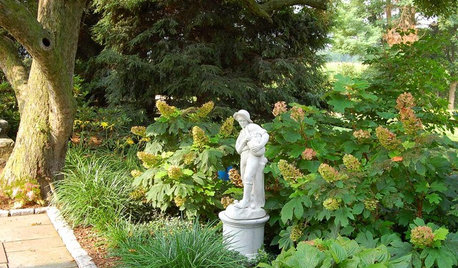
GARDENING GUIDESGreat Design Plant: Oakleaf Hydrangea
Consider this full, flowering shrub for year-round beauty in the garden as you plan your fall plantings
Full Story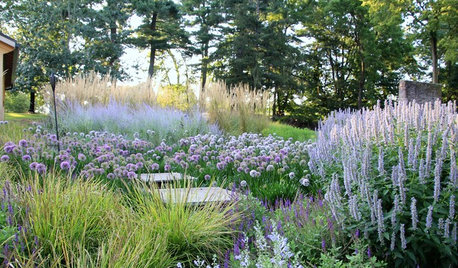
GARDENING GUIDESHow to Take Care of Your Newly Planted Garden
Set up new gardens for success in the critical first year after planting with expert tips from landscape pros on Houzz
Full Story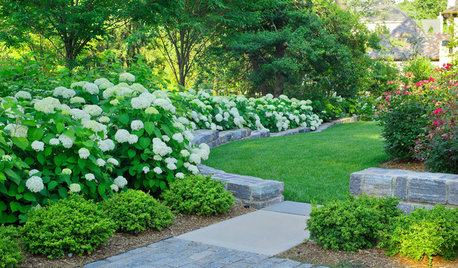
FLOWERS AND PLANTSHydrangea Arborescens Illuminates Garden Borders and Paths
This long-blooming eastern North American native shrub finds a home in landscapes around the world
Full Story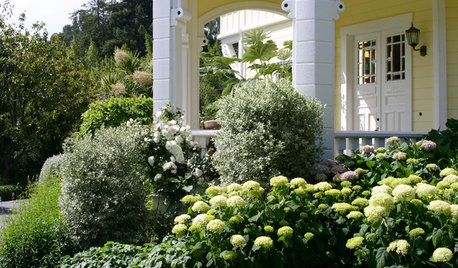
GARDENING AND LANDSCAPINGHave a Ball With Hydrangeas
Even if you don't tinker with the hue by changing the soil, hydrangeas have an entertaining range of uses in all kinds of landscapes
Full Story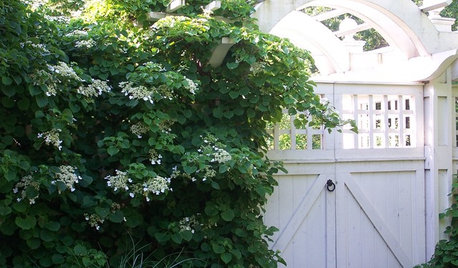
FALL GARDENING6 Deer-Resistant Flowering Vines to Plant This Fall
Have a major deer problem? Here are some of the only vines that have a chance of not being eaten
Full Story
LANDSCAPE DESIGNPatio of the Week: Dramatic Black Accents and Layers of Plantings
A minimalist pergola, chic color scheme and romantic planting palette transform a backyard in British Columbia
Full Story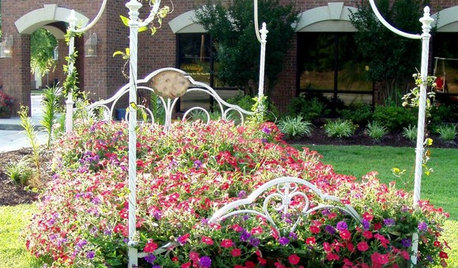
CONTAINER GARDENSYes, You Can Grow a Plant In That
You can upcycle your old typewriter, paint cans, tires and many more things into places for your plants
Full Story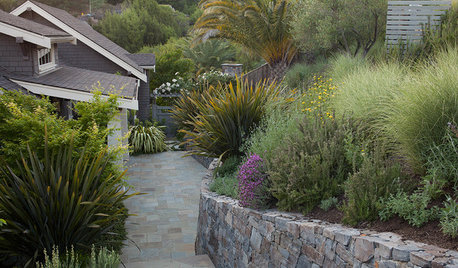
INSPIRING GARDENSSmart Plantings Grace a Hillside Garden
Fire-wise and low-water plants create a lush backdrop for bocce playing, swimming and hanging out by the fire
Full Story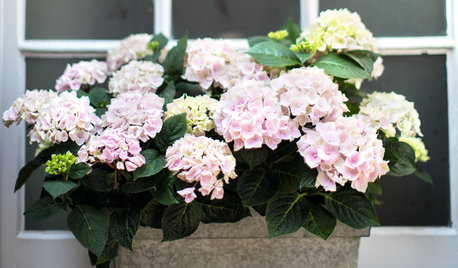
GARDENING GUIDESClassic Bigleaf Hydrangeas Add Old-Fashioned Charm to a Garden
These showy shrubs, familiarly known as mopheads, have long been a flower garden staple
Full Story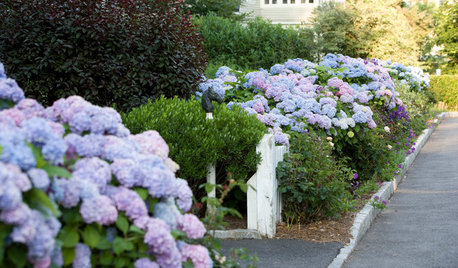
FLOWERSWhy You Should Give Hydrangeas a Place in Your Yard
The exuberant mop-headed beauties evoke dreams of an endless summer by the sea
Full Story




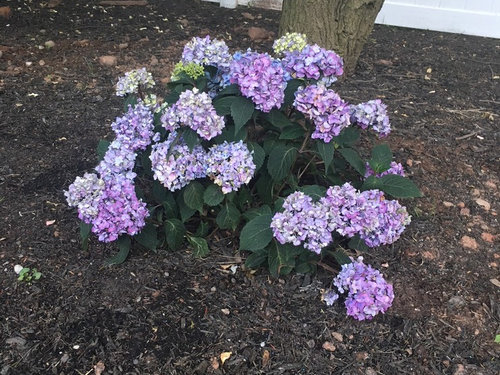
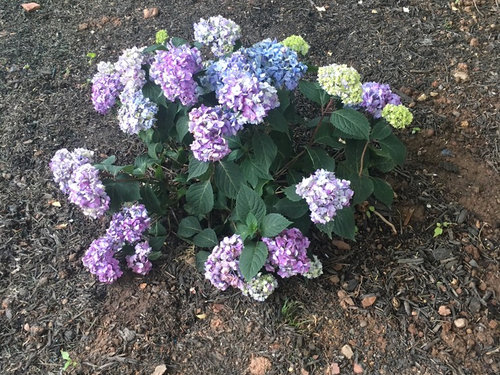
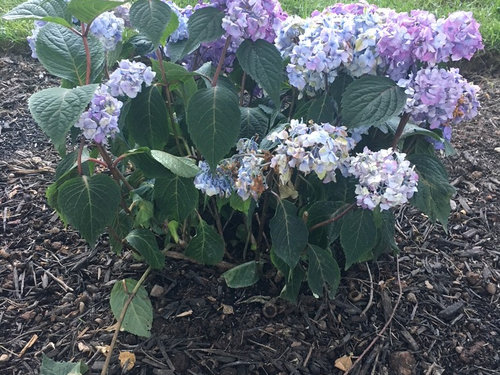
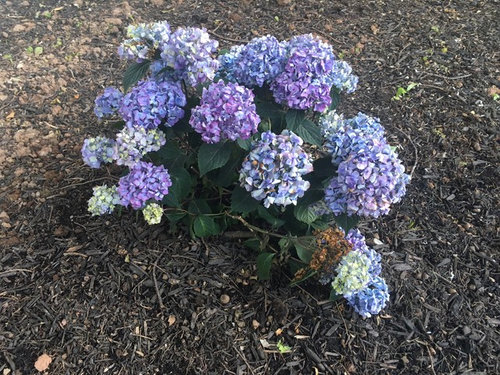

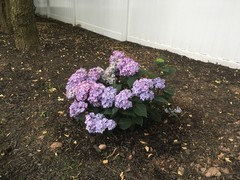
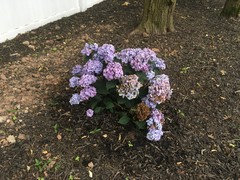
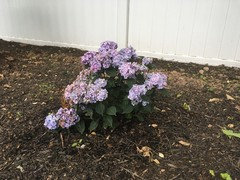


svengoli123Original Author